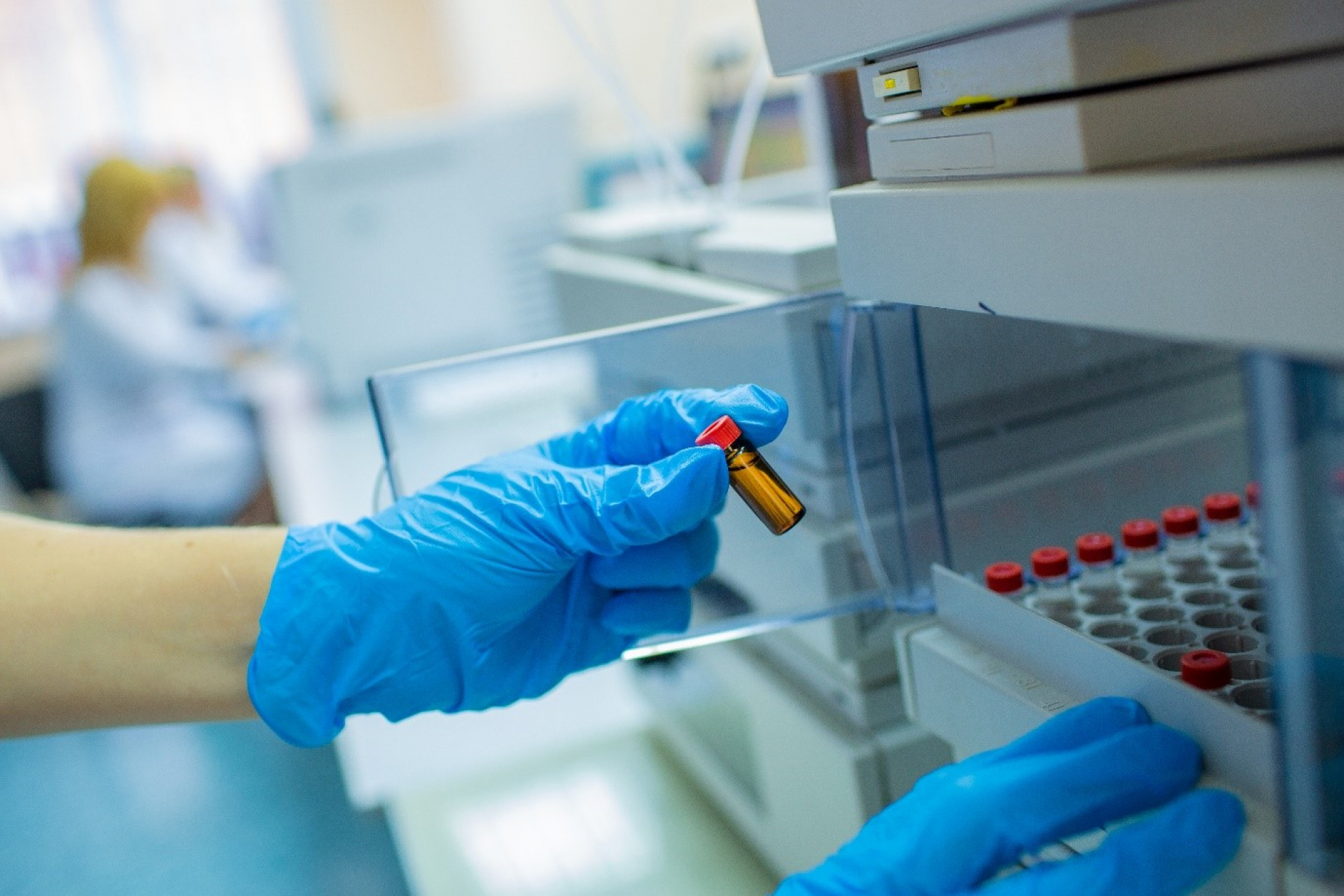An autoimmune disease is developed due to the disruption to the body’s immunity either central or peripheral by targeting self-peptides causing damage to tissues. The autoimmune diseases are mediated by antibodies or immune cells and differentiated as organ-specific or systemic.
The autoimmune antibodies also known as autoantibodies act as markers of autoimmune disease however, they do not cause the autoimmune disease. These autoantibodies can precisely affect the pathology of antibody-mediated autoimmune diseases or directly associated with autoimmune diseases.
Diagnosis of Autoimmune Diseases
To diagnose autoimmune diseases multiple laboratory tests are conducted which include tests like Complete Blood Count (CBC), immunological studies, cytokine analysis, serology, comprehensive metabolic panel, HLA typing, and measurement of acute-phase reactants. The disease activity can be assessed with the help of some nonspecific tests like erythrocyte sedimentation rate (ESR). All these tests help diagnose and provide a prognosis of the autoimmune disease and indicate the severity of organ damage.
An autoimmune antibody test is recommended for persons who have chronic, progressive arthritic symptoms, muscle weakness, fatigue, fever, and a rash. Systemic autoimmune rheumatic diseases (SARD) that include autoimmune hepatitis, rheumatoid arthritis, Sjogren syndrome, and lupus affect about 3% to 5% of the population. The presence of autoimmune antibodies is an indication aimed against an array of intracellular autoantigens known as antinuclear antibodies (ANAs).
The ANA Test is usually recommended to confirm the diagnosis and initiate treatment for a specific SARD. It is important to understand the use, value, and limitations of the ANA testing after undergoing a differential analysis and receiving the test results. The activity and severity of specific diseases should be measured using different tools or methods. The most common technologies that help to detect the antinuclear autoantibodies and other autoantibodies include Indirect immunofluorescence (IIF), enzyme-linked immunosorbent assay (ELISA), line immunoassays (LIAs), addressable laser bead immunoassays (ALBIAs), chemiluminescence immunoassay (CIAs), multiplexed autoantibody arrays-planar arrays, point-of-care, and biosensors or bioassays.
Indirect immunofluorescence (IIF)
IIF, which includes automated digital IIF, has been a standard method for detecting ANAs and other autoimmune antibodies for over five decades. This method is advantageous in providing clues of specific autoantibodies through potential antigen reactivities and staining patterns. However, this method has its limitations because of both false negative and false positive results that may mislead healthcare providers.
The substrates used in this method have evolved from rodent organs to tissue culture with the Hep-2 substrate which showed variations. To overcome these challenges, new approaches were carried out to improve the sensitivity and specificity of the IIF ANA test, including knock-in and knock-out gene technologies. The results of the IIF are measured as serum dilutions.
Enzyme-linked immunosorbent assay (ELISA)
The ELISA method is used to detect autoimmune antibodies and has been widely used as a quantitative screening test to detect ANAs and identify specific autoantibody targets. Different strategies have been developed in the past decade to eliminate the laborious ANA IIF assay. This method uses a mixture of proteins derived from cells or tissues and from synthetic recombinant technology which contains key target autoantigens related to SARD.
Line immunoassays (LIAs)
LIAs are commercially available variations of immunoblots and dot-blots that are used to identify ANAs and autoimmune antibodies. These are also used in the screening of disease-specific autoantibodies of SARD, autoimmune liver disease, paraneoplastic, and other SARD-related autoantibody specificities. The lack of sensitivity and specificity to certain autoimmune antibodies is a drawback to using this method despite of ease.
Addressable laser bead immunoassays (ALBIAs)
ALBIAs are quantitative, reliable, and economical technology developed in recent times to detect autoimmune antibodies aimed at a range of target autoantigens in SARD. Multiplexed bead-based technologies have been adapted to detect autoimmune antibodies using assays developed by different technology platforms. The chemiluminescence immune assay is a recent advancement to detect autoimmune antibodies to different autoantigens.
Multiplexed autoantibody arrays-planar arrays
Systemic lupus erythematosus (SLE) is characterized by as many as 180 specific autoimmune antibodies and cannot be detected using the usual ANA- autoantibody panel. Therefore, to detect these autoantibodies planar arrays are used which involves the use of a robotic spotting of purified autoantigen proteins or selected oligonucleotides. The sensitivity is greater compared to the standard ELISA method that recognizes the autoantibodies quantitatively. A very small sample of serum is required to detect hundreds of specificities in the planar array approach. This method does not detect physiologically relevant specificities of the autoimmune diseases.
Point of care (POC) diagnostic technologies
The diagnostics and consultative services are usually not considered emergencies and a few conditions like SLE, antiphospholipid syndrome, and vasculopathies may develop acute and life-threatening damage if the diagnosis is not completed immediately or on the same day. Hence, POC testing helps in detecting rheumatological disorders. A negative POC ANA test interprets and eliminates the requirement of other autoantibody tests. POC testing aims to deliver low-cost, highly specific, rapid, quantitative results.
Several biosensors are developed that are specific, sensitive, and provide timely results that are accurate and detect several autoantibodies in a very small volume of the sample. With the ongoing advancements in POC testing, a potential change can be observed in the field of medicine and rheumatology.
Some other technologies that have been developed to test for autoantibodies include fully automated ANA screening assay, nano barcode technology, and microbead-based ELISA system.
An autoimmune disease is developed due to the disruption to the body’s immunity either central or peripheral by targeting self-peptides causing damage to tissues. The autoimmune antibodies also known as autoantibodies act as markers of autoimmune disease however, they do not cause the autoimmune disease. A series of laboratory tests are to be conducted to provide a diagnosis and prognosis of the autoimmune disease and indicate the severity of organ damage. Systemic autoimmune rheumatic diseases (SARD) that include autoimmune hepatitis, rheumatoid arthritis, Sjogren syndrome, and lupus affect about 3% to 5% of the population and can be detected with the help of antinuclear antibodies (ANAs). Advancements in techniques such as Indirect immunofluorescence (IIF), enzyme-linked immunosorbent assay (ELISA), line immunoassays (LIAs), addressable laser bead immunoassays (ALBIAs), chemiluminescence immunoassay (CIAs), multiplexed autoantibody arrays-planar arrays, point-of-care, and biosensors or bioassays help to detect the autoimmune antibodies and provide specific, sensitive results.


